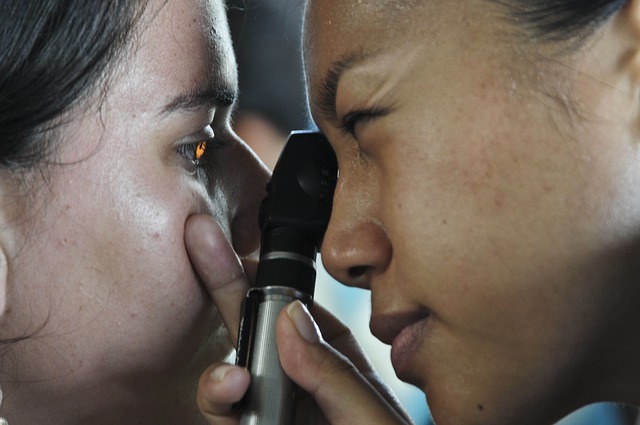Case demonstrates importance of follow-up with Lyme disease patients
“We present the case of a 75-year-old, Northeast suburban resident [of New York] complaining of unstable gait, high fevers, malaise, myalgia, and confusion,” writes Lamichhane in the journal Hindawi, Case Reports in Infectious Diseases. [1] The man had not travelled outside the area and only reported taking walks in the local park. He did not […]


















